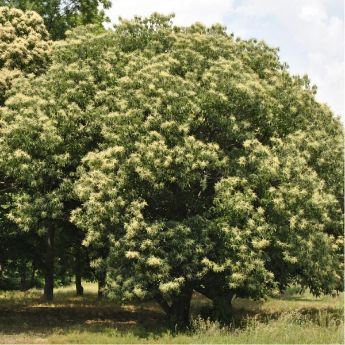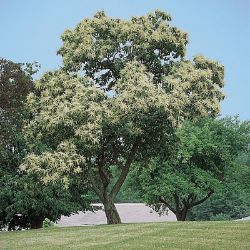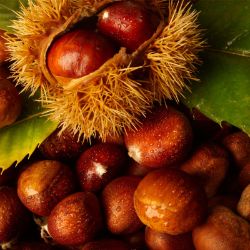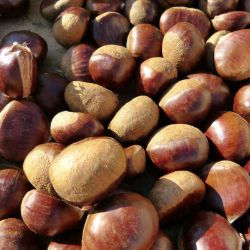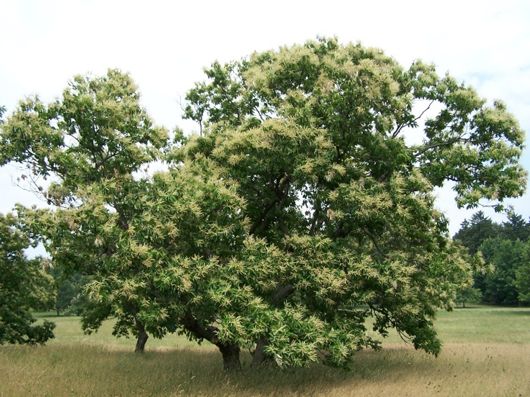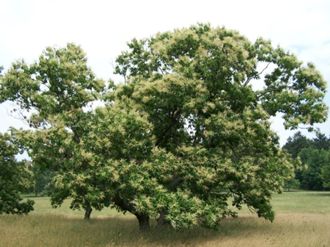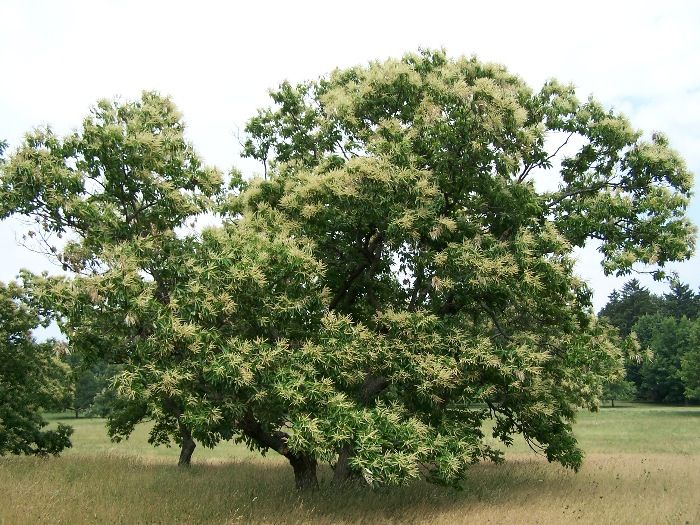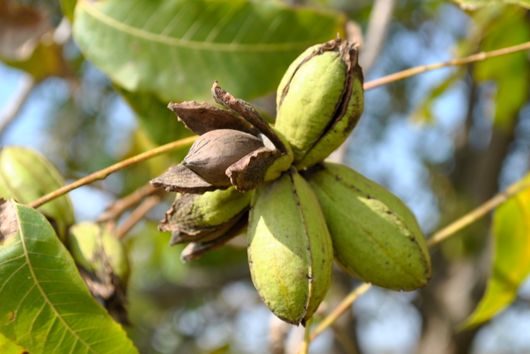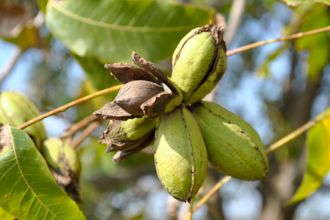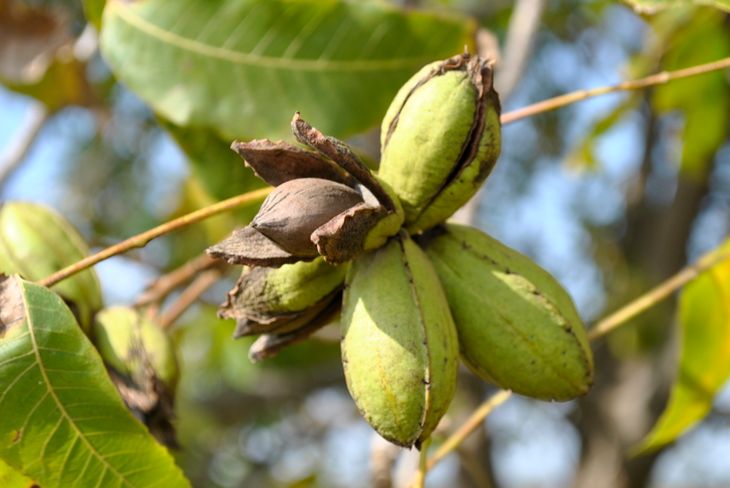Chestnut Trees
Chestnut Trees Buyer's Guide
The chestnut is a prized source of food in many cultures, most likely due to its relatively high fiber content, vitamins, minerals, and its culinary versatility. Once peeled, harvested chestnuts can be eaten raw or deep fried, but they are commonly scored and roasted, which does not require peeling. Chestnut trees and their nuts are also attractive to a wide range of wildlife, from insects to mammals, as a food source. The wood of a chestnut tree makes for an attractive and durable timber. While most native chestnut trees were wiped out by a fungus that causes chestnut blight, our chestnut varieties were specifically bred for blight-resistance so you can grow and enjoy these majestic trees.
To ensure your growing success and satisfaction, there are a few things to consider when you buy a chestnut tree.
Zone Compatibility
Your climate plays an important role in whether an chestnut tree will produce nuts or even survive. Most chestnut varieties grow well in a wide range of growing zones, from zone 4 to 9. Before ordering, be sure a particular variety’s recommended hardiness zone range includes your area.
Proper Pollination
Pollination by a different variety is key to the success of chestnut trees. Often, its absence is why trees produce poorly or don’t bear any nuts. All of our chestnut trees require the presence of a second chestnut tree for proper nut production.

